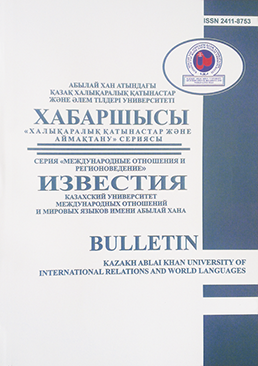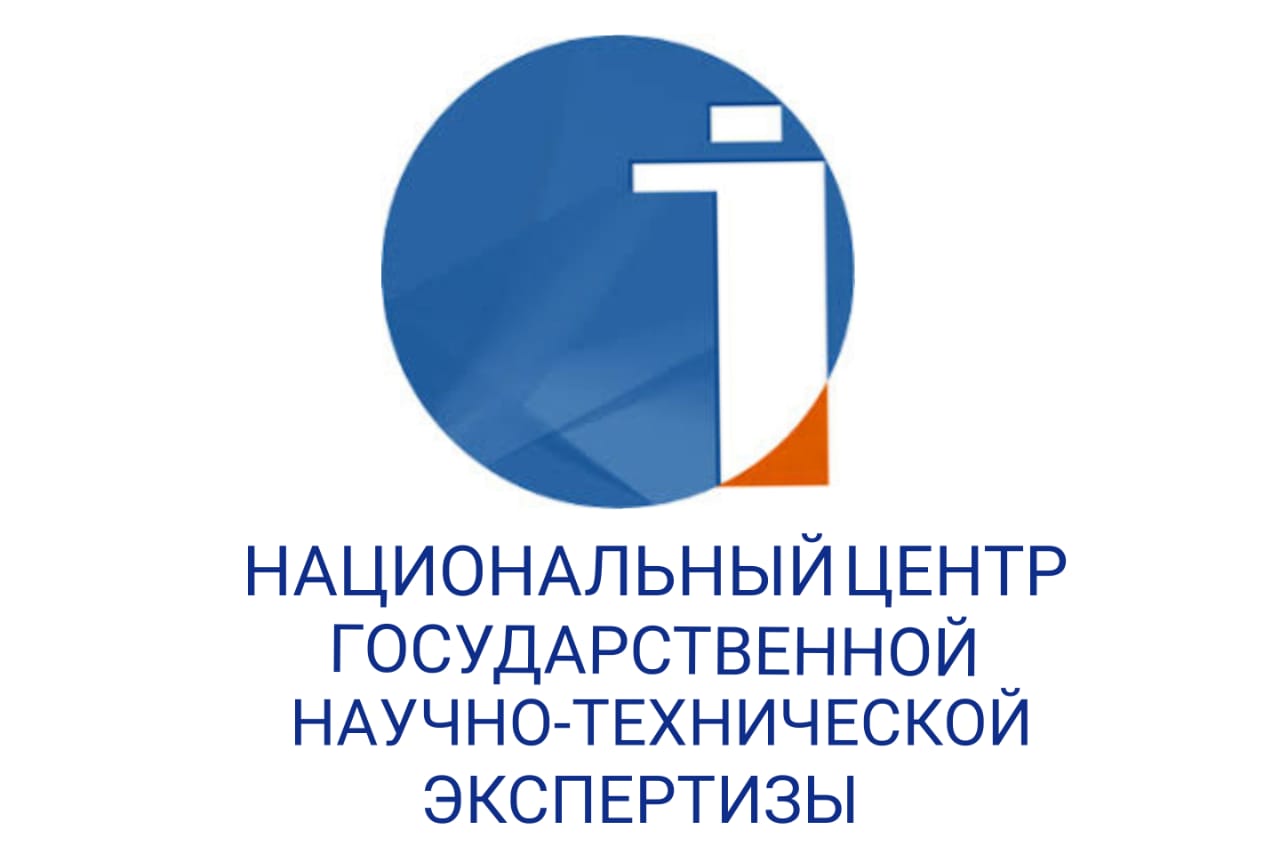Bulletin. Series: International Relations and Regional Studies
Submissions
Submission Preparation Checklist
As part of the submission process, authors are required to check off their submission's compliance with all of the following items, and submissions may be returned to authors that do not adhere to these guidelines.- This material has not been previously published, nor it has been submitted for review and publication in another journal (or an explanation should be given in the Comments for the editor).
- The file with the material is presented in the format of an OpenOffice, Microsoft Word or RTF document.
- The full Internet address links (URLs) are provided where possible.
- The text of the article is single spaced; a 14-point and 12-point font are used; italics are used for highlighting, not underscores (with the exception of URLs); all illustrations, graphs and tables are located in appropriate places in the text, and not at the end of article.
- The text of the article meets the stylistic and bibliographic requirements described in the AUTHOR GUIDELINES, which can be found on the ABOUT of the Journal page.
Privacy Statement
Privacy Statement for the Scientific Journal “Bulletin of the Kazakh Ablai Khan University of International Relations and World Languages” Series “International Relations and Regional Studies”
This Privacy Statement describes the policy of our journal regarding the collection, use, storage, and protection of personal and other data related to authors, reviewers, editors, and readers. We attach particular importance to ensuring the confidentiality and security of information at all stages of the academic publishing process.
- Collection and Use of Information
We collect information necessary to ensure high-quality editorial work and interaction with participants in the publication process. Such data include:
- Personal data of authors, reviewers, and editors (names, contact details, affiliations, etc.);
- Texts of scientific articles, reviews, and accompanying materials;
- Information about the review process and editorial decisions.
The data are used exclusively for the purposes of:
- Organizing the peer-review and publication process;
- Maintaining communication with authors and reviewers;
- Analyzing and improving the journal’s performance;
- Complying with ethical and legal standards of publishing.
- Confidentiality of Peer Review
Our journal adheres to the principle of double-blind peer review, ensuring the anonymity of both authors and reviewers. All participants in the process are obliged to maintain confidentiality and not disclose any information regarding manuscripts and reviews to third parties.
- Data Security and Protection
We apply modern technical and organizational measures to protect data from unauthorized access, loss, alteration, and disclosure. Access to personal information is granted only to authorized editorial staff and technical specialists involved in the publication process.
- Disclosure of Information to Third Parties
Personal data and materials are not disclosed to third parties without the consent of the participants in the publication process, except in cases required by law or when necessary for cooperation with indexing services and databases to ensure proper accounting of publications.
- Data Retention
Data are stored for the period necessary to achieve the purposes of publication and to comply with regulatory requirements, as well as to allow for the resolution of potential disputes or inquiries related to published materials.
- Rights of Participants
Authors, reviewers, and other participants have the right to:
- Request information about their personal data processed by the journal;
- Request corrections of inaccurate information;
- Request deletion of data, provided it does not conflict with legal requirements and the need to archive publications;
- Refuse to provide certain information, except in cases where refusal hinders the publication process.
- Responsibility
The journal and its staff are committed to maintaining confidentiality and using data in accordance with this policy. Breaches of confidentiality are considered serious violations of ethical standards and will result in appropriate measures.
- Changes to the Privacy Statement
The journal reserves the right to amend this statement. Updates will be published on the official website of the journal.
Contact Information
For all questions regarding confidentiality and data processing, please contact the editorial office by email:
Editorial Representative
Бас редактор / Главный редактор / Editor-in-Chief
Phone: (727)292-03-84, ішкі/внутренний/extension: 215
moregion.bulletin@ablaikhan.kz
Technical Support Representative
Менеджер/Manager
Phone: +7-777-181-87-74






